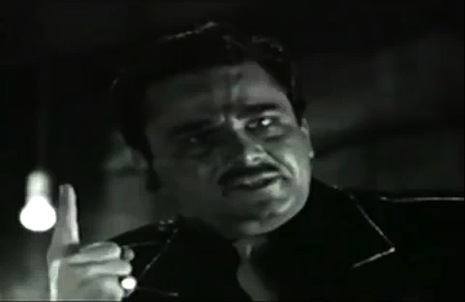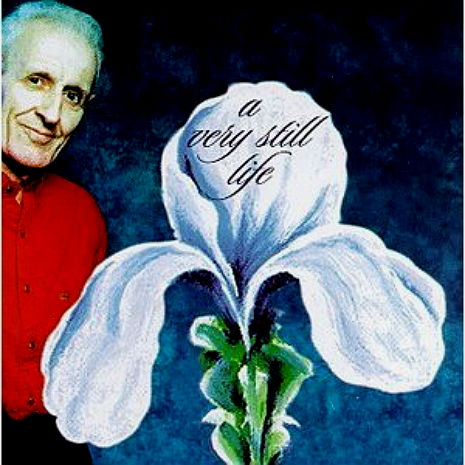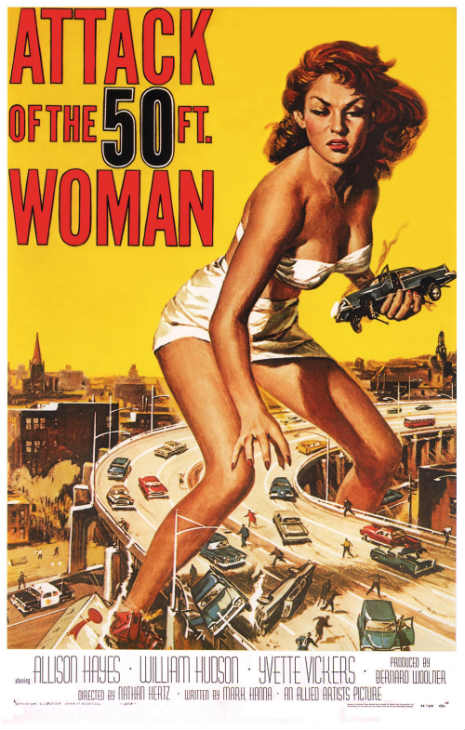
Tuli Kupferberg - born September 28, 1923, died July 12, 2010
“You can have the men who make the laws/ Give me the music makers.” The Fugs.
I once bought a pair of sunglasses from Tuli Kupferberg, not because I needed them, but because I wanted to own something that belonged to a man who had changed my life.
When I was 15 (1966) I purchased The Fugs debut album at a People’s Drug Store in Fairfax, Virgina. I took it home, listened to it, and soon thereafter made my first pilgrimage to New York City’s Lower East Side. I wanted to be a part of the grime, squalor and divine decadence that the Fugs so poetically, mystically and hysterically evoked in their music. I wanted to walk among slum goddesses, dirty old men, Johnny Piss Off and the Belle of Avenue A. I wanted to join in on the ultimate group grope, to fill my brain with light and find my corner of bliss in a city that only a Fug could love. All because of a record album, all because of a band, all because of Tuli.
Tuli embodied the tattered and beautiful soul of NYC. He was the patron saint of the dark alleys and garbage strewn streets that lead to coldwater flats of wisdom and pleasure. In a town of cracked minds and bruised souls, Tuli was the wandering minstrel, the sage of the sewers, the calm presence in the maelstrom of sirens and sobs. He sang away the demons at the door and let his prose settle around us like a sweet cloak of tongue nectar.
In 1967, I marched with The Fugs and 70,000 people in Washington D.C to protest the Vietnam War. Tuli and Ginsberg led us in a mantric chant (Om Mani Padme Hum) in an effort to levitate The Pentagon, a building that my father, a military man, was inside of. What gave me this courage, if not the music and poetry of my heroes? Ginsberg, Leary, Kerouac, The Fugs, The Beatles.
Tuli was a peace activist, a holy warrior, who believed that when pamphlets and protests stop working, it’s time to invoke the Gods and Goddesses of loving kindness. If you can’t beat the death merchants with bullhorns and speeches, bring out the heavy artillery, call upon the armies of the astral plane to lay some Blakean magic on the motherfuckers.
Regarding Tuli’s contribution to the music scene over the past 5 decades, his influence on rock provocateurs, from Country Joe’s Fish Cheer to punks like the Meatmen, The Frogs and The Circle Jerks, I’ll leave that to those among us who care more about the specifics than I do. Yes, The Fugs inspired me to start a band called The Pits Of Passion and to write songs about getting my first blow job. I’m sure that without Tuli and The Fugs, I’d probably have never written my best known tune, “88 Lines About 44 Women.” There is no question The Fugs opened the field for all of us to spew our darkest deepest and filthiest thoughts, knowing that we weren’t alone in the flesh frenzy and fuck fest of absolute reality. The Fugs were arguably the first punk band. All good.
But, what I most want to remember about Tuli Kupferberg is the sweetness of the man, his humility and kindness and that, yes, it is possible to change the world with a guitar, a good hook, a few dozen dirty words and a whole lot of soul.
Ted Berrigan writing about Tuli:
I asked Tuli Kupferberg once, “Did you really jump off of The Manhattan Bridge?”
“Yeah,” he said, “I really did.” “How come?” I said.
“I thought that I had lost the ability to love,” Tuli said. “So, I figured I might as well be dead. So, I went one night to the top of The Manhattan Bridge, & after a few minutes, I jumped off.”
“That’s amazing,” I said.
“Yeah,” Tuli said, “but nothing happened. I landed in the water & I wasn’t dead. So I swam ashore, & went home, & took a bath, & went to bed. Nobody even noticed.”
Originally posted on 07/12/10.














